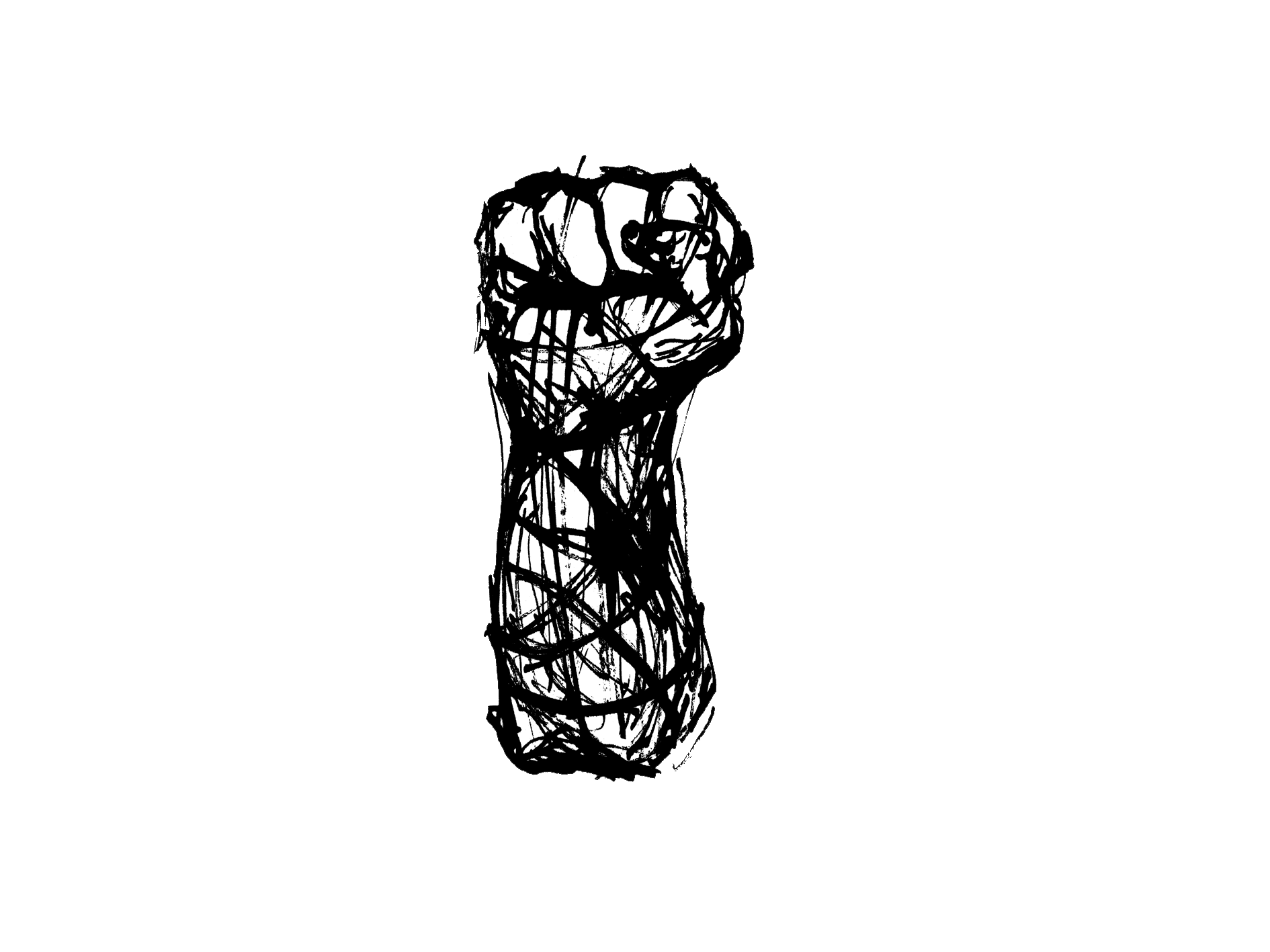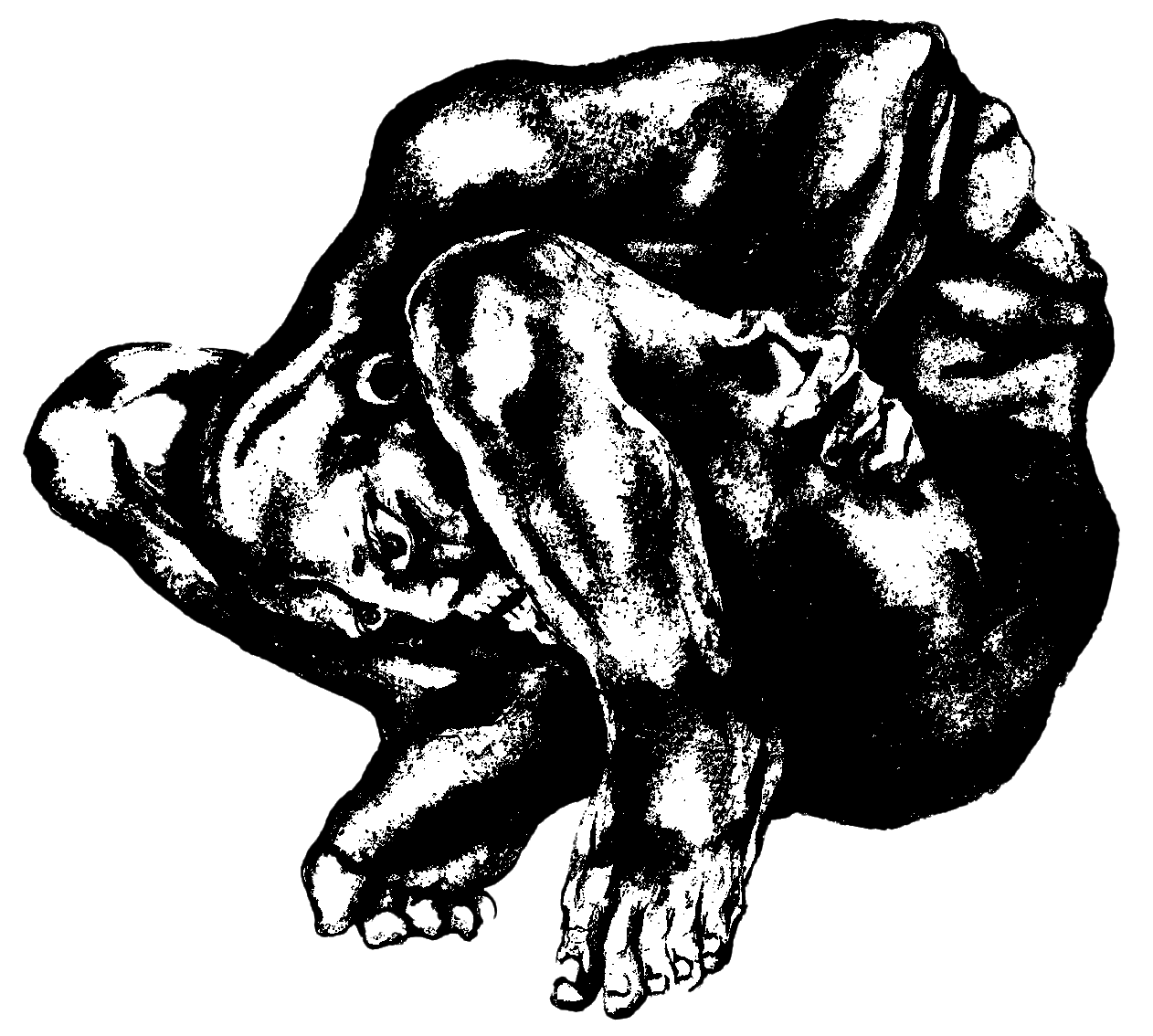














Part of the Emerging Artist Award, supported by FICA and Pro Helvetia, April to June 2019.
Residency site: 74/76 Mattenstrasse, Basel, Switzerland.
Pigment, Distemper, Stainer, Cotton fabric, Gouache, Ink, Rice-paper, Flyers, Leaflets, Postcards, Cardboard, Tobacco packet, and Paper egg crate
Dimension Variable
In the border town of Basel, people gather and wait. They endeavour for protection and representation. Much of my time here was spent discoursing the newly implemented New Asylum Act of March 2019: What do we make of the idea of residence? How do we be?
Questions of immigration, questions of governance, and questions of racism were provoked by protests I witnessed. In those three months, my thoughts coalesced amid gatherings, conversations, and counter-propaganda practices with various political groups, alternative publishing houses, community centres, and squat houses. They compelled me to superimpose political imagery, slogans, and quotations onto the collected materials—flyers, stickers, magazines, newsletters, and cutouts—and to imagine them as sites of ongoing reflection and resistance. These works and reflections remain incomplete and thus ongoing.
The open studio was nestled within the living architecture of Mattenstrasse — a microsystem that metabolizes the imagination of the community through self-sustaining circulatory networks. Here, everyday life is an act of creative autonomy: healthcare is locally nurtured, food is both procured and preserved by communal effort and meeting places — from intimate bars and energetic concert halls to lively artist studios—become fecund in the interstices of collective dwelling, mutual care, and embodied emergence. Immersed in the residents’ steadfast political praxis, I learnt and practiced through their resistance — their protests against police brutality and injustice against immigrants and asylum seekers. The studio thus became a membrane through which local knowledge and collective action osmose to dream new choreographies of solidarity and dissent, that emerge when people dare to imagine unshackled ways of being-together.
The culminating public display brought together my works and engagements from those months of research. Among them were real-time documentations of demonstrations, curated collections of stickers and magazines, contributions from fellow artists—such as Winterling’s ISOTROP (Volumes 1 and 5)—and anti-Asylum Act placards, posters, banners, and stickers, creating a space to discourse, negotiate, play with, and viscerally engage with the material culture of resistance. My daily journal—where the gestural immediacy of sketches and paintings met the urgency of slogans, the mediated narratives of newspaper and magazine clippings, and the raw intimacies of resistance captured in personal observations—sought a cartography of political awakening. The display thus became an active site of unity and understanding, where those marked by systemic violence could recode their experiences through dialogue and reflection. In this wandering, it became enlivened with reimaginations of solidarity that challenged the very architectures of exclusion.
Jan Bachman (Community organiser, Pedagogue, and Comics artist), Moritz Bachman (musician), Uly (Dancer and Research Scholar), Sussane Winterling (Artist), Kadiatou Diallo (Curator, facilitator, and cultural practitioner), Navid Tschopp (artist), Susanta Mandol (artist) and different (name of these organizations are intentionally not mentioned) political groups, alternative publishing houses, community centres, squat houses, demonstrations mainly revolving around the question of immigration, asylum acts, deportation, and racism.